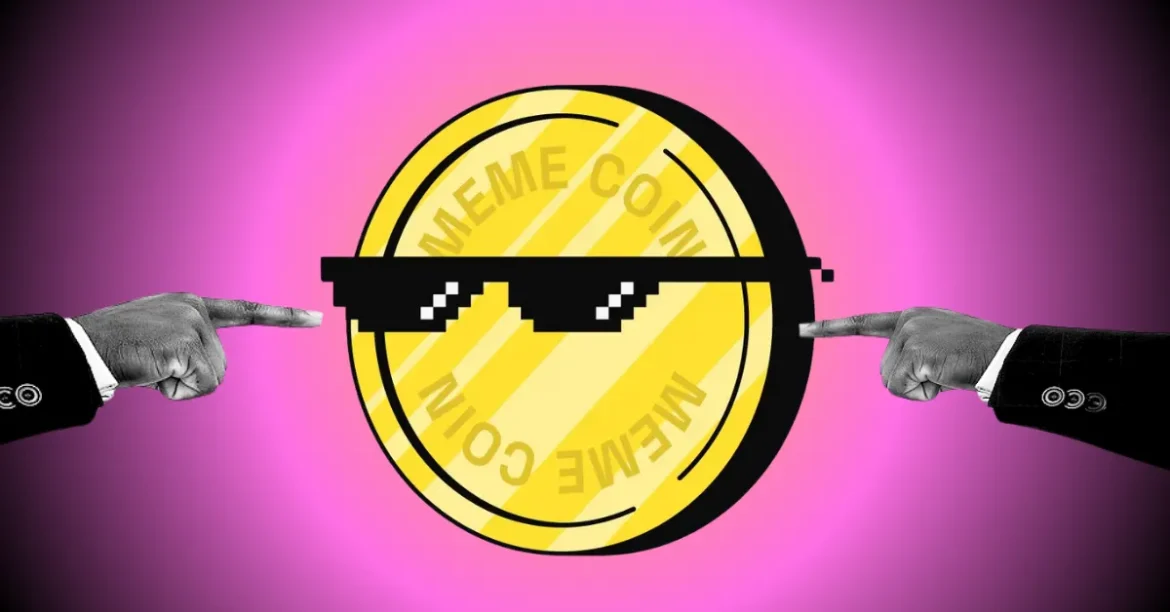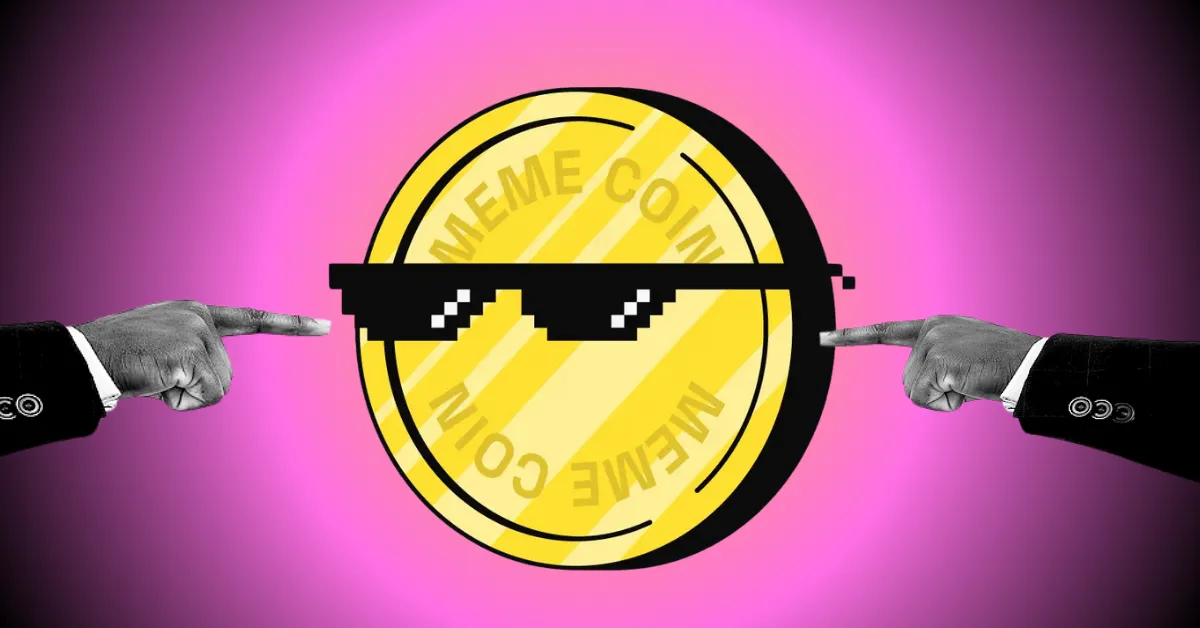Unraveling the Buzz: Hasbulla’s BULLA Token and Its Controversies
The crypto world has witnessed a series of memecoin launches riding on viral internet personalities and celebrities. Among them, Hasbulla’s BULLA token rapidly climbed to prominence, amassing millions within hours of launch. However, beneath the surface of this whirlwind hype lies an undercurrent of skepticism, accusations, and warnings drawing attention to recurring patterns typical of crypto scams.
The Rise of BULLA: Momentum and Investment Surge
Hasbulla, a Russian social media influencer, leveraged his rising fame to launch the BULLA token, a memecoin that reportedly raised around $20 million within 24 hours. Reports show that within just six hours, the coin managed to secure $7 million in funding, signaling overwhelming interest from the crypto community and beyond. This campaign was bolstered by aggressive marketing strategies and celebrity endorsements, showcasing the potential for meme culture to blend with finance, creating a unique cultural shift in cryptocurrency engagement.
The BULLA token’s offering attracted both seasoned investors and newcomers, stirred by the promise of quick gains and the allure of community-driven projects. The token’s launch on popular blockchain platforms such as Binance Smart Chain (BNB) underscored an effort to tap into larger decentralized finance (DeFi) ecosystems with easier accessibility.
Dissenting Voices: Accusations of Scam and Pump-and-Dump Schemes
Despite the fanfare, several respected voices in the cryptocurrency community have raised serious concerns regarding the legitimacy and sustainability of the BULLA token project. Critics pointed out alarming signs reminiscent of prior crypto scams, including:
– High insider holdings: Data reveals that over 60% of BULLA tokens were quickly accumulated by insiders, which sets the stage for market manipulation.
– Rapid price fluctuations: Early trading patterns exhibited characteristics of “pump-and-dump” schemes, where artificial inflation of token price is followed by swift sell-offs, often ruining late investors.
– Questionable prior ventures: Hasbulla’s earlier crypto projects, such as certain NFTs launched since 2021, reportedly did not meet promised outcomes, further fueling mistrust.
– Warnings from crypto sleuths: Influential figures like ZachXBT have openly criticized the BULLA token, rallying against similar memecoin projects that often prey on hype and disregard underlying value.
These concerns are more than hearsay; growing awareness of fraudulent activities in the cryptocurrency space amplifies caution among investors. The pattern emerging with BULLA is reminiscent of past failures that left many financially ruined.
The Community Effect and Cultural Impact
Despite controversy, the BULLA token phenomenon illustrates the powerful intersection of pop culture and digital assets. Hasbulla’s community-driven approach, leveraging his social media influence, highlights how celebrity endorsements can rapidly mobilize financial support in the crypto realm.
This memecoin craze doesn’t just redefine traditional investment narratives but also sparks a cultural shift. The viral nature of such tokens demonstrates the emotional engagement that memes and personalities can inspire within decentralized ecosystems, often surpassing rational economic considerations.
Yet, this fusion of entertainment and finance complicates the landscape. Enthusiasts may be drawn to the excitement of belonging and potential high returns but risk overshadowing fundamental due diligence and awareness of potential pitfalls.
Regulatory and Security Concerns
The surge of projects such as BULLA also attracts regulatory scrutiny. Exchanges and financial watchdogs worldwide are increasingly emphasizing transparency and accountability in crypto asset offerings.
The U.S. Securities and Exchange Commission (SEC) has held discussions with entities like Nasdaq around sandboxing digital assets for better investor protection. Meanwhile, law enforcement agencies, as evidenced by crackdowns on scams like the Matrix Chain, signal a tightening grip on fraudulent activities that plague the crypto environment.
These movements represent a broader push toward safeguarding users from misleading projects and reinforce the necessity for legitimate frameworks in this rapidly evolving sector.
Conclusion: Lessons Beyond the Hype
The tale of Hasbulla’s BULLA token serves as a compelling case study in the dual nature of the crypto revolution — immense possibility shadowed by potential deception.
While the token’s meteoric financial rise spotlights the power of social influence and meme-driven enthusiasm, the accompanying allegations underscore systemic vulnerabilities in the crypto market. Investors should weigh the thrill of viral projects against patterns suggesting manipulation and lack of transparency.
As the crypto landscape matures, balancing innovation with prudent skepticism will prove crucial. The BULLA token saga is a reminder that discernment, community vigilance, and regulatory evolution are indispensable in navigating the promises and perils of digital assets.





